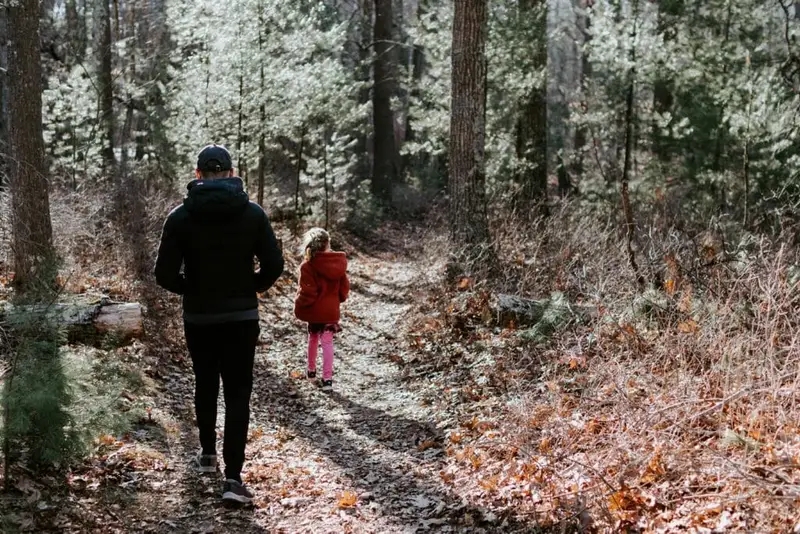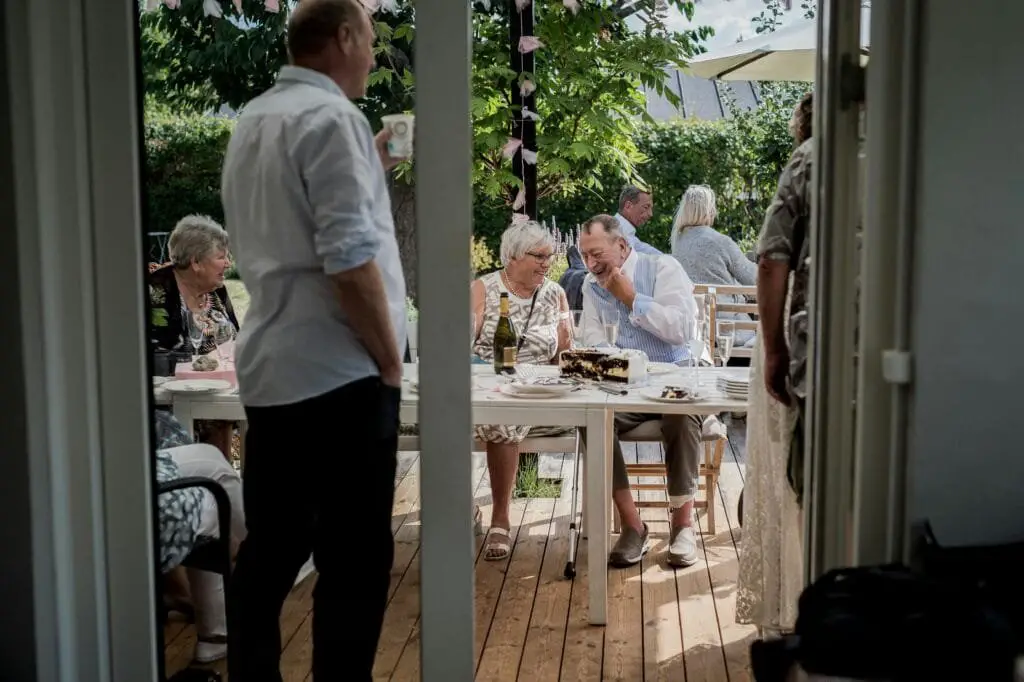1. Yo-Yo Demonstration Club
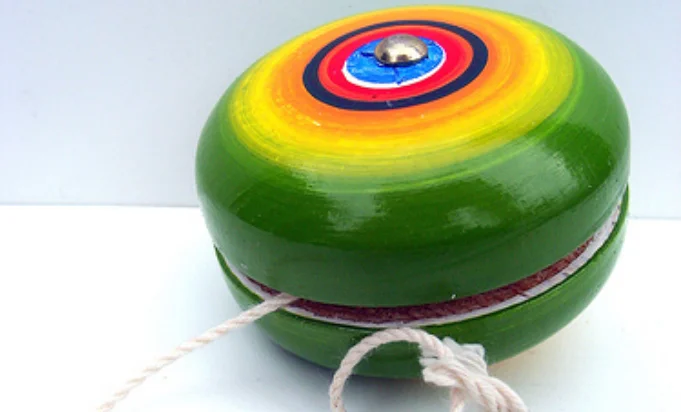
Back in the ’70s, yo-yos weren’t just a passing fad, they were a full-blown craze. Some schools even offered after-school clubs where kids could spend hours perfecting tricks like “Around the World” or “Walk the Dog.” These clubs often brought in traveling yo-yo pros from toy companies to inspire the kids with jaw-dropping performances. It might sound funny now, but winning a yo-yo competition could earn you serious bragging rights back then.
Today, it’s hard to imagine kids forming a whole group just to spin plastic toys on a string. Still, the clubs gave kids a chance to socialize, show off, and feel like part of something bigger. Yo-yos were cheap, portable, and endlessly entertaining. For some kids, mastering a yo-yo was just as impressive as hitting a home run or landing a cartwheel.
2. CB Radio Club
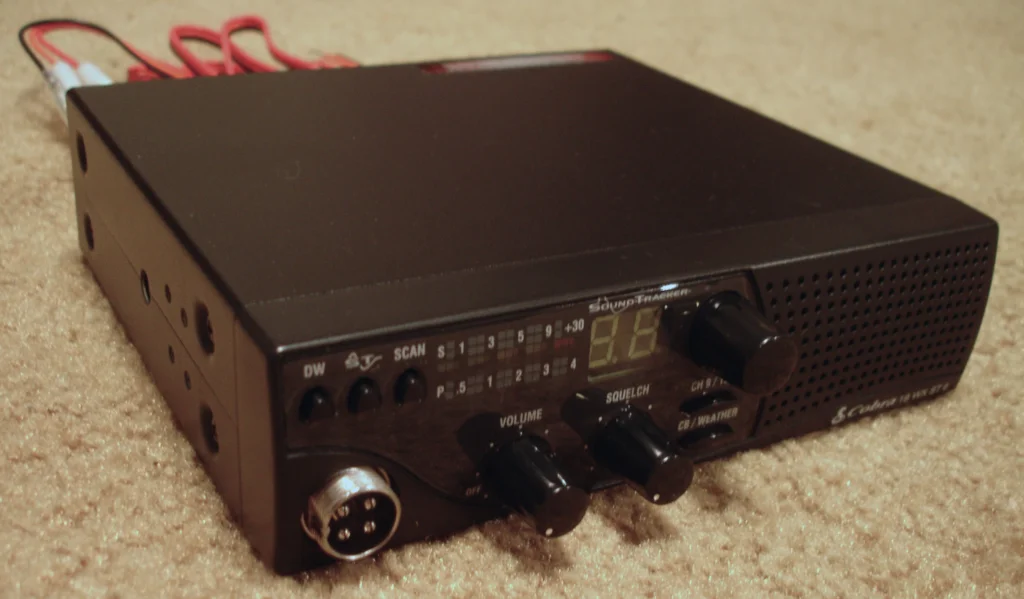
Before cell phones, CB radios were the hot way to connect with people. In the ’70s, students actually joined clubs dedicated to learning CB lingo, setting up radios, and chatting with strangers from across town. These groups often doubled as lessons in electronics, since kids learned how to rig antennas and fine-tune frequencies.
Of course, CB radio culture was fueled by the trucking craze and movies like Smokey and the Bandit. The club meetings weren’t just about gear, they were about creating a secret language and community. Kids would trade “handles” (nicknames) and feel like they were part of a bigger world. Today it might seem quirky, but back then it was the future of communication.
3. Disco Dance Club
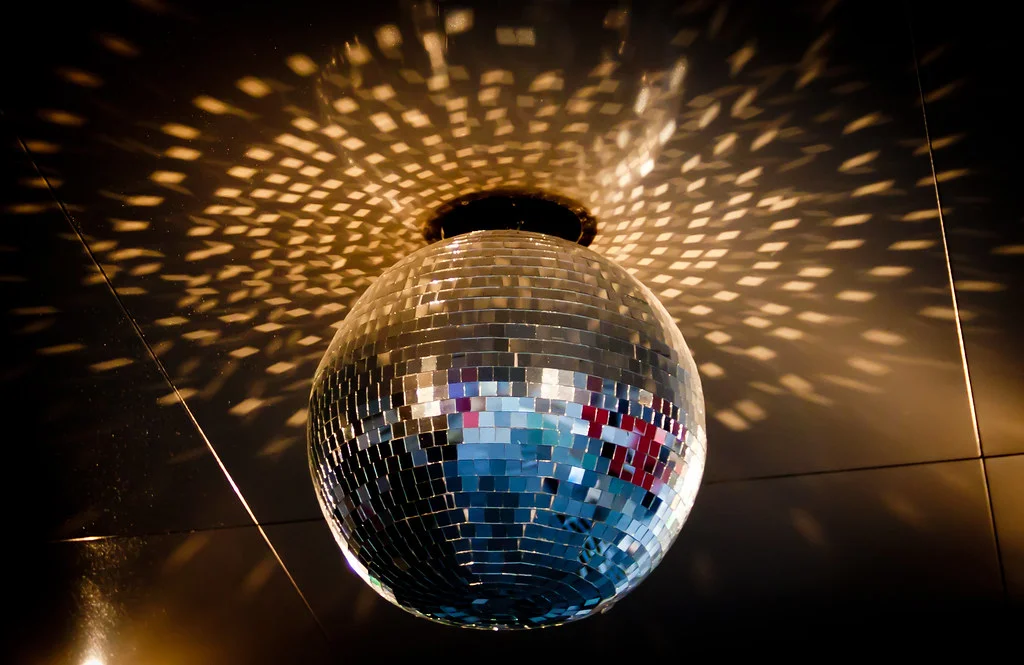
Disco fever wasn’t limited to the roller rink or the nightclub scene. Some schools jumped on the bandwagon and started after-school disco dance clubs where kids could strut their stuff under flashing lights. Think mirror balls, platform shoes, and a lot of John Travolta-inspired moves.
It was more than just dancing, though—it was about fashion, attitude, and belonging. Kids loved practicing the hustle or the bump in a safe space with their friends. Looking back, it’s funny to picture teenagers earnestly rehearsing disco routines in a school gym. But for a short, glittery moment in time, it felt like the coolest thing ever.
4. Astrology Club

The ’70s had a major obsession with horoscopes and zodiac signs. Some schools leaned into that fascination by creating astrology clubs where kids read star charts and debated which signs were most compatible. Members might bring in newspaper clippings or even learn how to make their own natal charts.
While it may not sound very scientific, it was a fun way to explore identity and friendship. Kids bonded over whether being a Libra made them “chill” or a Scorpio made them “intense.” Astrology gave everyone something to talk about, even if no one really understood the math behind it. Today it might seem silly, but back then, it was part of the cosmic culture.
5. Ventriloquism Club
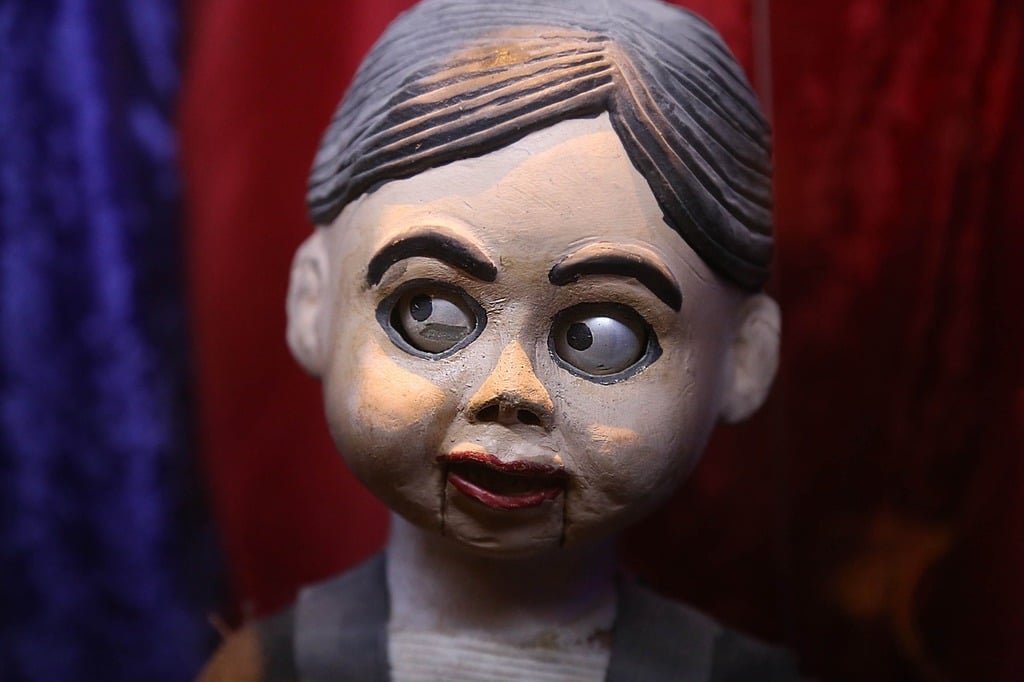
Believe it or not, some schools offered clubs for aspiring ventriloquists. Inspired by TV acts like Paul Winchell and his dummy Jerry Mahoney, kids would practice throwing their voices with store-bought puppets. Meetings involved a lot of giggles, squeaky puppet voices, and attempts to keep lips perfectly still.
It wasn’t about perfecting a professional act so much as having fun. Still, a few kids became quite talented and even performed in talent shows. Looking back, the sight of a whole classroom of dummies lined up on desks probably felt both hilarious and a little creepy. But in the ’70s, it was just another quirky way to spend an afternoon.
6. Roller Skating Club
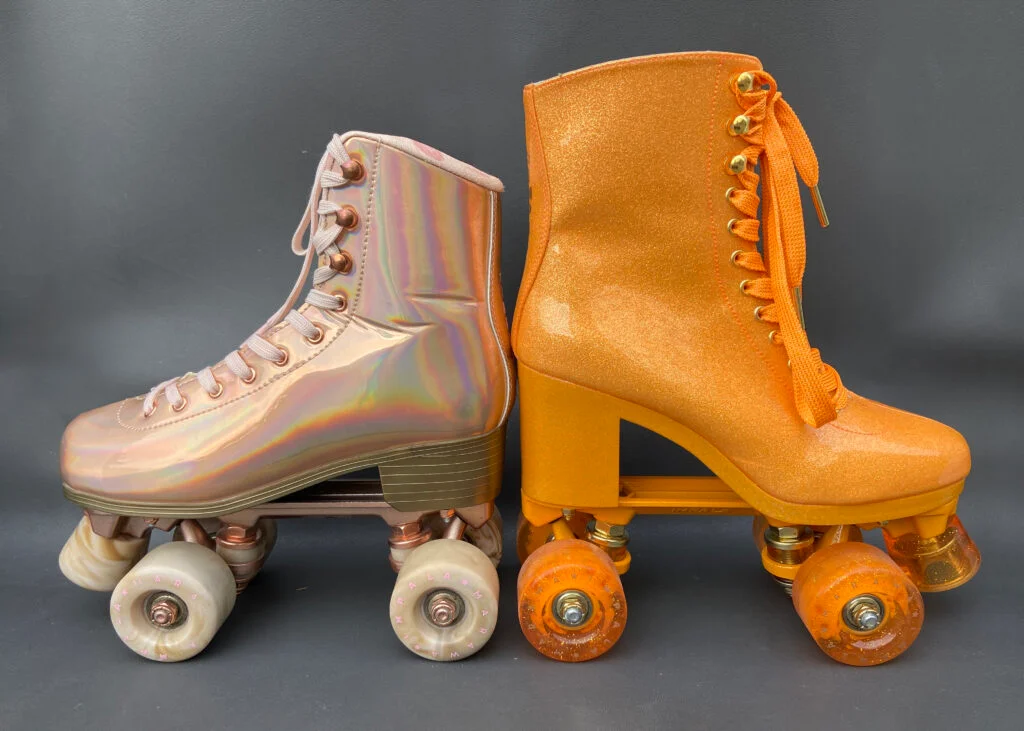
Roller discos weren’t just for weekends—some schools hosted skating clubs during the week. Gymnasiums were transformed into makeshift rinks, with kids zipping around in clunky four-wheel skates. Music blasted from boom boxes while members practiced figure-eights, spins, and even synchronized routines.
It was part exercise, part social scene. Roller skating was a huge part of ’70s culture, so having a club dedicated to it just made sense at the time. Today, it’s hard to imagine school liability policies allowing it, but back then, kids wiped out, laughed, and got right back up. Skating was about freedom, speed, and a little bit of sparkle.
7. Pet Rock Appreciation Club
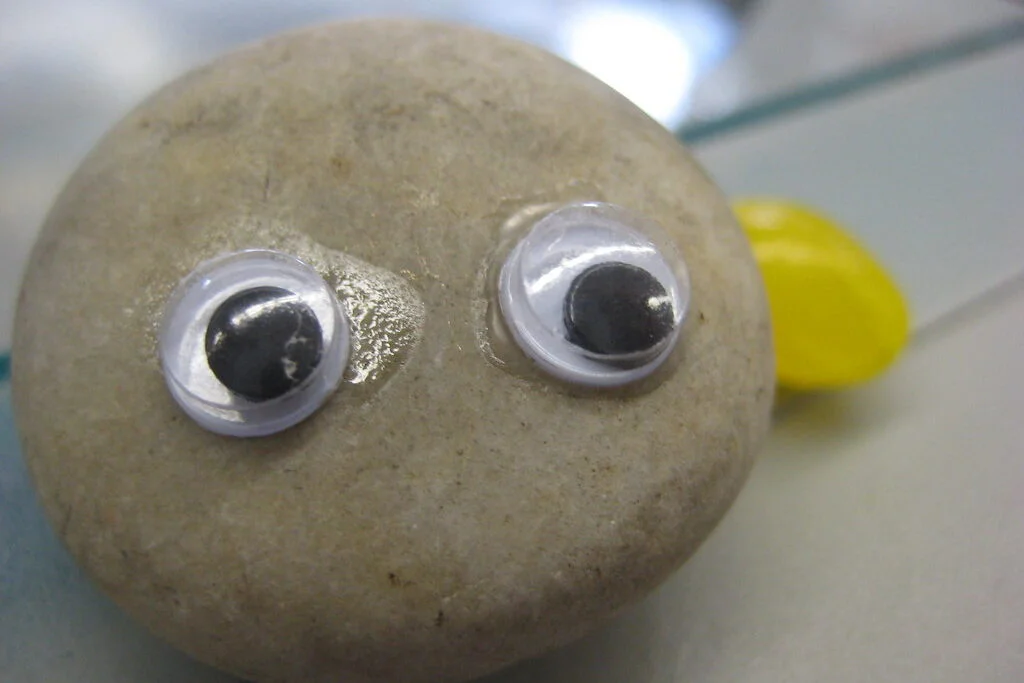
When Pet Rocks became a cultural phenomenon in 1975, some kids took the craze to heart. A handful of schools actually formed Pet Rock clubs, where students showed off decorated rocks, swapped stories, and even held “obedience contests.”
It might sound absurd today, but in the mid-’70s, Pet Rocks were a legitimate status symbol. The club gave kids a low-pressure, funny way to be part of something. Plus, it didn’t require much—just a rock, a little imagination, and a sense of humor. Looking back, it was the perfect fad for the times.
8. UFO Club

The ’70s saw a big spike in fascination with UFO sightings. After-school UFO clubs popped up where kids traded news clippings, drew diagrams, and swapped theories about extraterrestrial visitors. Some groups even organized night sky “watches” to see if they could spot flying saucers.
It was half science, half science fiction. Kids loved feeling like investigators piecing together mysterious clues. The clubs were filled with speculation and imagination, with just enough “what if” to make every meeting exciting. Today, it seems funny that schools encouraged little UFO hunter societies, but it was very much of the era.
9. Macramé Club
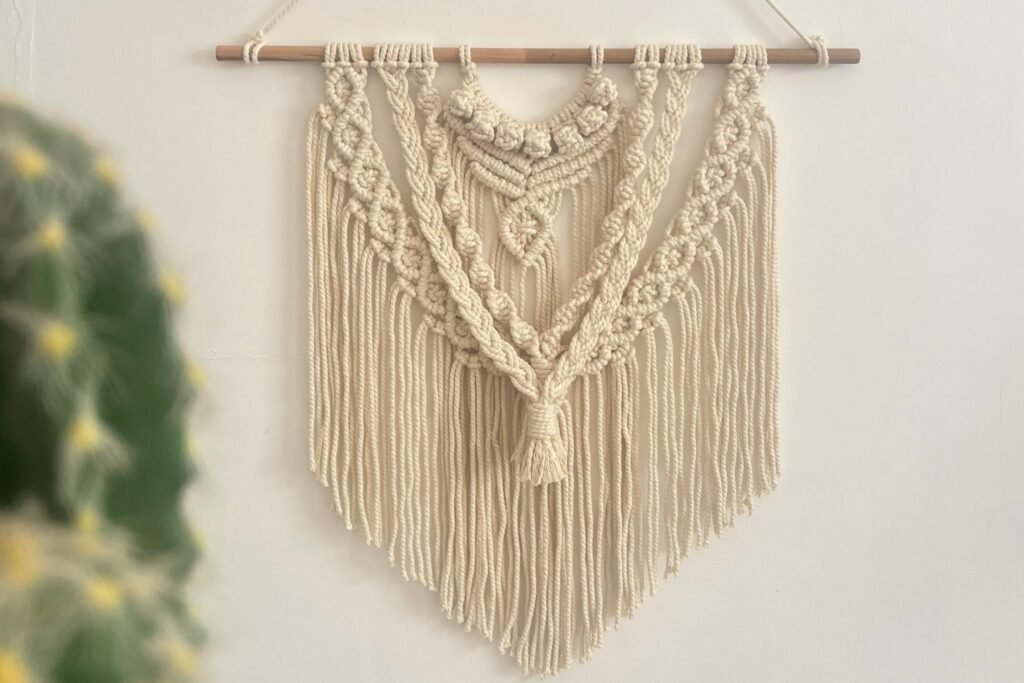
Crafts were big in the ’70s, and macramé was king. Students in macramé clubs spent hours tying knots in cord to create plant hangers, wall art, and belts. Meetings often smelled of jute rope and featured stacks of colorful beads.
For many kids, it was a relaxing way to socialize while making something useful. Plant hangers were especially popular, since nearly every living room had a fern dangling in the corner. It may not sound thrilling now, but macramé gave kids a sense of pride and creativity. And unlike other fads, the projects stuck around long after the meetings ended.
10. Mime Club
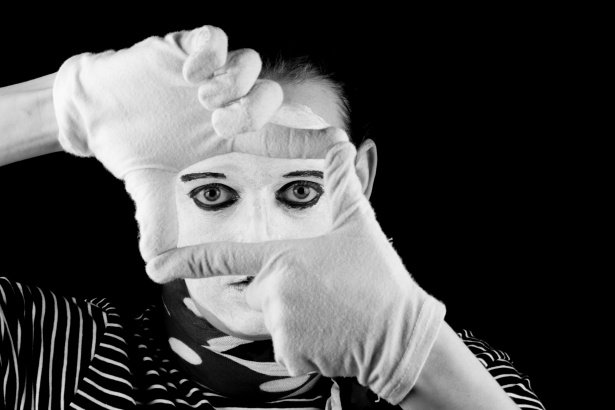
Yes, mime clubs were real, often inspired by performers like Marcel Marceau. Students practiced exaggerated expressions, silent skits, and pretending to be trapped in invisible boxes. Meetings were quiet but filled with laughter as kids exaggerated their movements.
Mime may sound strange for an after-school activity, but it was a good way to build confidence and physical control. Some clubs even put on shows for parents or assemblies. Of course, mime hasn’t exactly remained a mainstream art form, which makes the idea of kids earnestly signing up for it seem even odder now.
11. Soap Carving Club

In the ’70s, some schools encouraged hands-on skills by teaching kids to carve designs into bars of soap. Clubs focused on creating animals, flowers, and geometric patterns with simple tools. It was messy, smelled strongly of Ivory or Dial, and required patience.
The appeal was that anyone could try it, and the results came quickly. Plus, soap was cheap and easy to get, making it a low-barrier craft. Today, soap carving feels like an odd choice compared to robotics or coding clubs, but it had a certain charm. Kids left meetings with pockets full of sudsy sculptures.
12. Kite-Flying Club
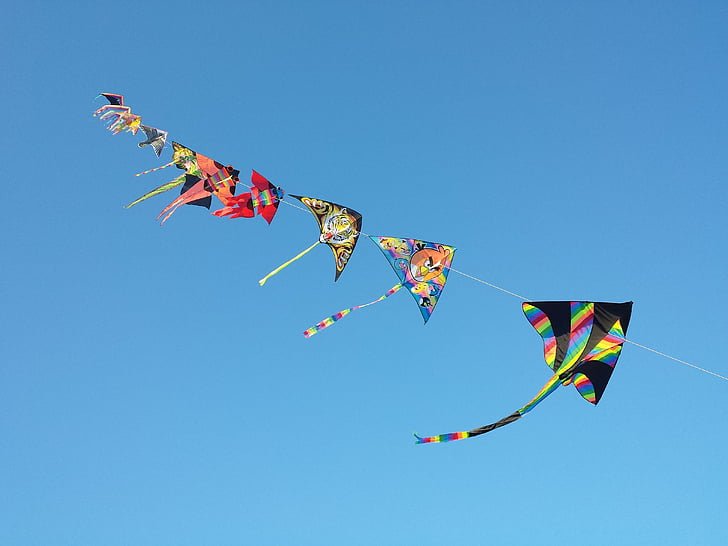
Not every club needed to stay indoors. Kite-flying clubs were all about fresh air and color. Kids would build their own kites from kits or scratch, then test them out in nearby fields. Meetings often turned into unofficial competitions to see whose kite soared the highest.
These clubs tapped into creativity and science, teaching kids about aerodynamics while still feeling like pure fun. The best part was the thrill of watching something you built take flight. Though kite flying still exists, it’s rare to see whole groups of kids devoted to it. In the ’70s, it was just another breezy way to spend an afternoon.
13. Polaroid Photography Club

Photography clubs weren’t new, but in the ’70s the Polaroid boom made them extra exciting. Kids would snap instant photos and trade them like baseball cards. Clubs focused on experimenting with lighting, composition, and creative filters.
The magic of instant pictures made these groups wildly popular for a while. Members would pin their favorite shots on bulletin boards or bring albums to share. While today’s kids can snap endless selfies on their phones, back then the Polaroid was cutting-edge. Clubs gave students a way to experiment with art, technology, and a little instant gratification.

